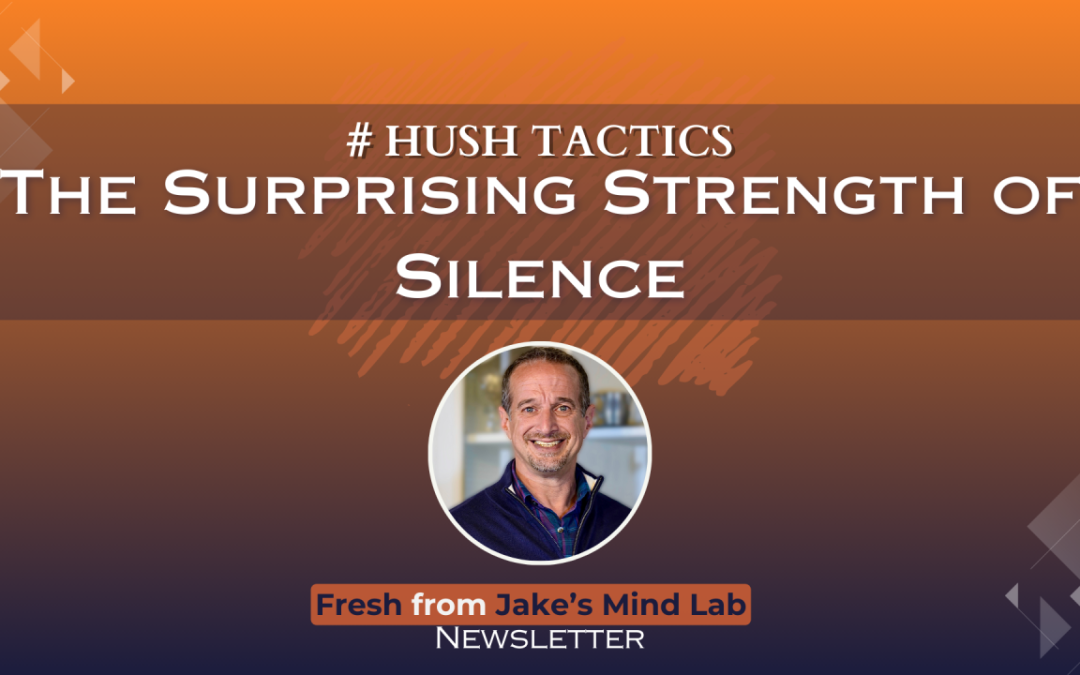Hello everyone!
Have you ever pondered the impact of a simple pause during a conversation? It’s fascinating to learn that our comfort with silence can be influenced by the language we speak and where we call home. Take English speakers, for instance; they typically leave barely a blink’s worth of silence between exchanges. In fact, a pause rarely exceeds four seconds. Yet, if we shift our gaze to Japan, pauses stretching up to eight seconds are commonplace in conversations. And if you think that’s substantial, consider Steve Jobs, who famously let interview silences linger for up to 30 seconds!
This divergence in conversational styles seems to stem from cultural differences. In the US, there’s a tendency to fill every gap — a “squeaky wheel gets the grease” approach. However, in Japan, the ethos is quite distinct. Dr. Deborah Tannen, a linguistics professor at Georgetown University, shares an insightful perspective: “As soon as you need words there’s already a failure to understand each other, so you’re repairing that failure using words.” This idea is mirrored in the Japanese concept of ‘haragei’, or ‘belly talk’, which suggests that the most profound communication occurs without words. While neither approach is right or wrong, acknowledging these differences is crucial for effective cross-cultural communication.
So, why does silence sometimes unsettle us? Brain science offers an explanation. When confronted with an unexpected hush, our amygdala — the brain’s alarm system for fight or flight responses — signals potential danger. This instinct harks back to our hunter-gatherer ancestors, for whom silence could signal either safety or significant risk. However, in comfortable company, silence doesn’t trigger this fear response. Instead, it signifies ease and comfort.
But beyond these fascinating insights, silence can be a powerful tool in communication. Here are five ways you can harness its potential:
1. Creating Thoughtful Responses: Use silence to gather your thoughts and construct more considered, impactful responses.
2. Encouraging Others to Speak: A strategic pause can invite others into the conversation, allowing them to share their perspectives.
3. Building Suspense and Interest: Well-timed silences can add dramatic effect and heighten interest in what you’re about to say.
4. Demonstrating Active Listening: Silence shows you’re truly listening, not just waiting for your turn to speak.
5. Facilitating Reflection: In negotiations or emotional discussions, a pause allows all parties to reflect and process information, often leading to better outcomes.
In conclusion, understanding and utilizing silence can transform our interactions. It’s not just the words we choose, but also the spaces between them that shape effective communication. Whether you’re leading a meeting, engaging in cross-cultural dialogue, or simply having a heart-to-heart, remember the power of pause.

